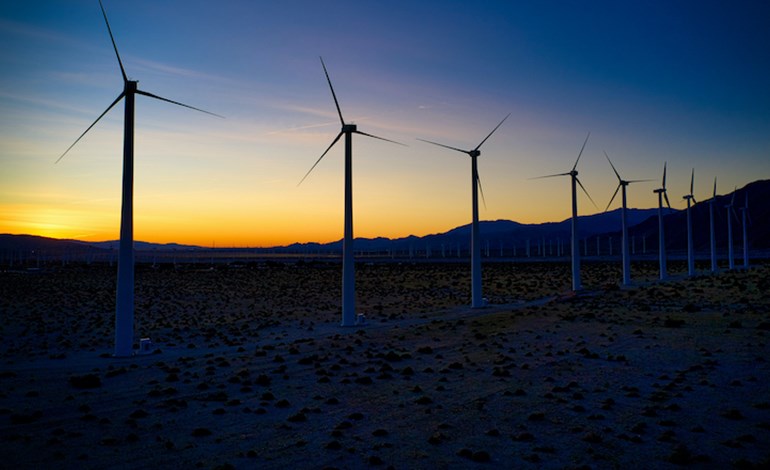The renewable energy sector expanded by an impressive 10.5% in Canada in 2022. A stunning 98% of that growth was in Western Canada, 77% in Alberta and 21% in Saskatchewan. Since 2019, renewable projects have drawn $5 billion in investment to Alberta. Solar energy has grown particularly rapidly in Canada, by 26% last year. Wind grew by 7%. The Canadian Renewable Energy Association (CanREA) forecast renewable energy to expand by almost 30% by the end of 2024.
That forecast, however, was made before the Alberta government cast a pall over the sector in August with the imposition of a seven month moratorium on renewable project approvals. Alberta dominated expansion last year. It may lose that dominance. The moratorium and new restrictive regulation, which appears to be imminent, will burden companies with extensive risks and costs, and will cause them to explore opportunities elsewhere. Other jurisdictions will prove to be the beneficiaries.
Alberta has paused numerous projects and, cumulatively, a massive investment. The government has said only 15 projects were being impacted, but included only those at the final stage of approval. The Alberta based Pembina Institute calculates that 118 projects valued at more than $33 billion currently are in the approval process at some level. Some of those projects ultimately may not have been built. But undoubtedly, multiple projects would have been, and now inappropriately are in jeopardy.
Why Alberta would risk squandering their leading position in the industry is something of a mystery. The moratorium is certainly not based on rational economic policy. It appears to be a crass political and ideological choice. As the President and CEO of CanREA, Vittoria Bellissimo, remarked, “This is a mistake.” The Alberta government, she insisted, must move quickly to resolve the situation for the sake of Alberta taxpayers, investors and municipalities. “Alberta has benefitted from market advantages that have allowed the industry to thrive here, which has benefitted our communities and consumers.”
The Alberta government has cited concerns including abandonment of facilities at the end of life, and the use of prime agricultural land. But both have been larger issues in the oil industry, and neither have caused the government to halt expansion there. As well, all issues could have been addressed without a moratorium. The Pembina Institute argues that improvements are possible, “but they can be undertaken without hampering the industry and stakeholders involved in project development.” The province also cited concerns with grid security. However, the renewable energy sector generated only 13% of Alberta’s electricity in 2022. Additionally, many of the projects halted include storage capacity.
Alberta has attracted clean energy investment due to natural advantages. Winds swoop down from the Rocky Mountains to the plains below, and sunshine it seems is perpetually present. The competitive advantage for renewable energy producers in Alberta is clear. The government extols another advantage – the “Alberta advantage” – a low tax, innovative, vibrant and diversified free market economy.
In particular, the Alberta electrical system is deregulated. A competitive energy market enables the sale of electricity from private energy producers to private energy distributors and utilities. Renewable energy producers can sell directly to corporate consumers via a PPA (Power Purchase Agreement). The PPAs provide price certainty and thus facilitate rapid growth in the sector. The PPAs have been a boon to both the industry and to private sector investment.
In contrast, most other provinces have government-owned power producers and distributors, which may be separate or integrated. Most governments provide some opportunity for private producers to sell into the grid, but it is generally much more restricted than it is in Alberta. No other province has adopted a competitive energy market in combination with the utilization of PPAs. That has certainly constrained the growth of renewable energy production elsewhere in the country.
Canada will need to at least double electrical capacity by 2050 and Ottawa, perhaps too aggressively, has mandated a net zero grid by 2035. The Conference Board in Canada has estimated the clean electricity transformation at $1.7 trillion, the size of Canada’s entire economy in 2023. That’s massive. It’s clear both public and private sector investment is essential. Provinces are remiss if they don’t adopt PPAs.
As for the recent Alberta government rebuff of the wind and solar energy producers, other provinces must reject that choice. It will prove to be a costly error in Alberta, and an entirely unnecessary one. Danielle Smith and the UCP fumbled the tremendous renewable opportunities awaiting.
While clean electrical growth was substantial in 2022, it is only about one third of the growth CanREA is targeting annually. Bellissimo noted, “Canada is just starting to take advantage of its wind and solar energy potential.”

